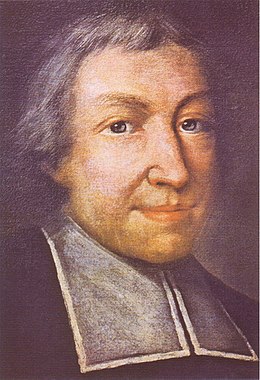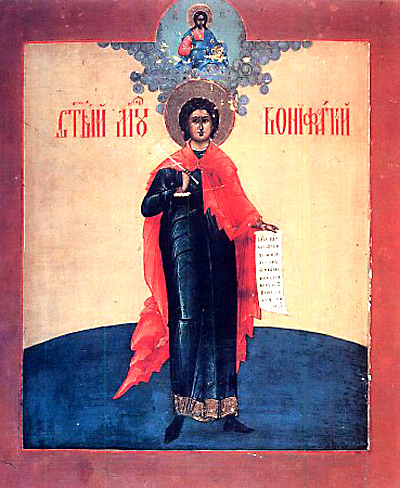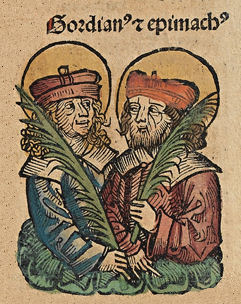Text is from The Saint Andrew Daily Missal,
unless otherwise stated.
Saint Peter Celestine.
Pope and Confessor.
Feast Day 19 May.
Double.
White Vestments.

English: Painting of Pope Celestine V.
Español: Pintura del papa celestino V.
Artist: Giulio Cessare Bedeschini.
Date: 1700.
Source: Museo de l'aquila, Italia.
Author: Giulio Cessare Bedeschini.
(Wikimedia Commons)
Born in 1221, he retired into the desert when hardly adolescent (Gospel), and his virtues soon drew disciples round him. Such was the origin of The Branch of The Benedictine Order, known since under the name of "The Celestines", from the name which Saint Peter took when he became Pope in 1294.

At the age of seventy-two, he had to leave his sweet solitude, received full Sacerdotal power (Introit, Epistle) and occupied The Chair of Saint Peter (Communion), which had been vacant twenty-seven months. Raised to this eminent dignity, he thought himself incapable of bearing such a burden, and, "placing humility above that elevation" (Collect), he voluntarily resigned the highest dignity.
He ended his days in contemplation, which his Soul craved for, and died on 19 May 1296.
Following the example of Saint Peter Celestine, let us despise the honours of this World, in order to attain possession of the rewards promised to the humble (Collect).
Mass: Státuit.
Commemoration of Saint Pudentiana, by the Collects of The Mass: Dilexísti.



























